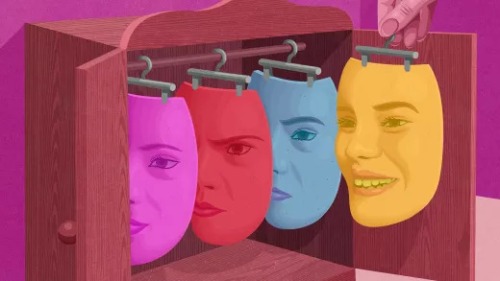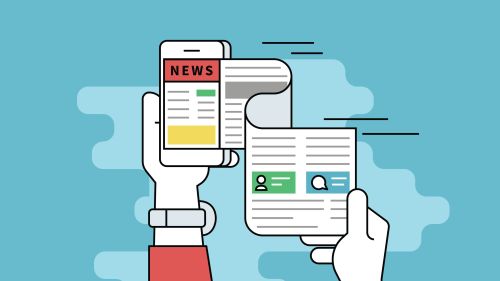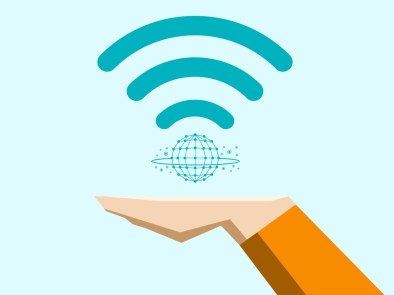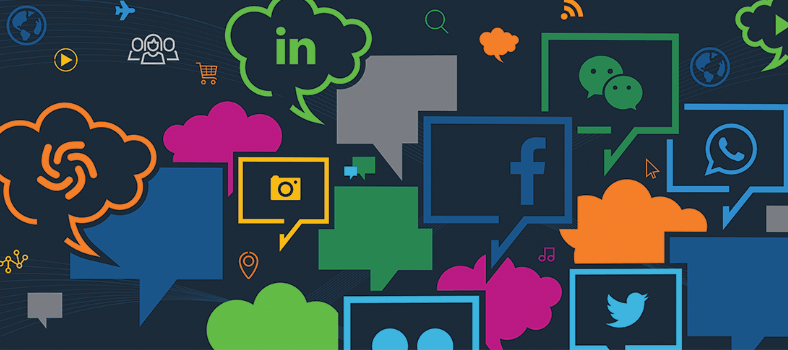
One Journey Ends, Another Begins
Source: Black Butler
Here we are! We’ve reached the end of this journey, and we all learned great things. It is time for me to reflect on my experience and think about the future. I decided to use Gibbs’ reflective cycle (Gibbs, 1988) to illustrate my progress through this module, in order to clearly go through what I did and what I was feeling during the semester.
Continue reading →








